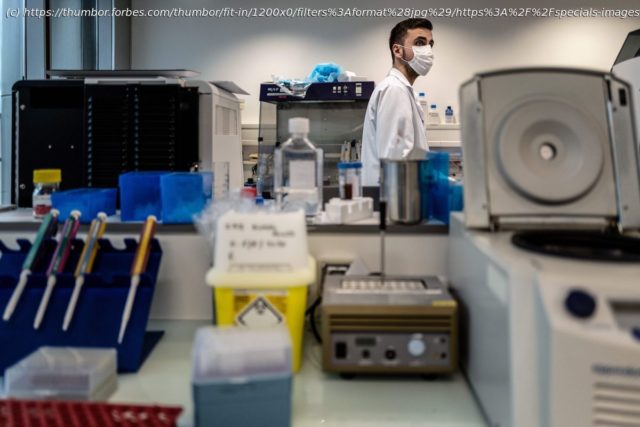We are rapidly learning how SARS-CoV-2 mutates to create variants with new characteristics. In a preprint published on January 11, scientists from the Weizmann Institute of Science describe an experiment in which they attempt to mimic what occurs naturally.
Random variation is an essential component of all living things. It drives diversity, and it is why there are so many different species. Viruses are no exception. Most viruses are experts at changing genomes to adapt to their environment. We now have evidence that the virus that causes Covid, SARS-CoV-2, not only changes, but changes in ways that are significant. This is the sixth part of a series of articles on how the virus changes and what that means for humanity. Read the rest: part one, part two, part three, part four, and part five. We are rapidly learning how SARS-CoV-2 mutates to create variants with new characteristics. Some of these new variants, such as those found in the UK and South Africa, may affect our ability to control the pandemic, including contagion mitigation, diagnosis, and vaccination. Over the past few weeks, reports show that some variants of SARS-CoV-2 are more contagious than earlier strains. Sequence analysis of these variants reveals that their genome and proteins differ subtly from their less infectious origins. The viral protein studied in most detail is the spike protein. Multiple independent isolates harbor changes in the spike protein that account, at least partially, for their increased transmissibility. In a preprint published on January 11, scientists from the Weizmann Institute of Science describe an experiment in which they attempt to mimic what occurs naturally. They looked for laboratory-created variants that stick more tightly to a structure on the cell’s surface that the virus uses to gain entry into our bodies. They were successful. The absolute winner bound the cell surface receptor, the ACE2 protein,600 times more tightly than the original virus.
Home
United States
USA — Science Can SARS-CoV-2 Become Even More Troublesome Than The UK And South African...






